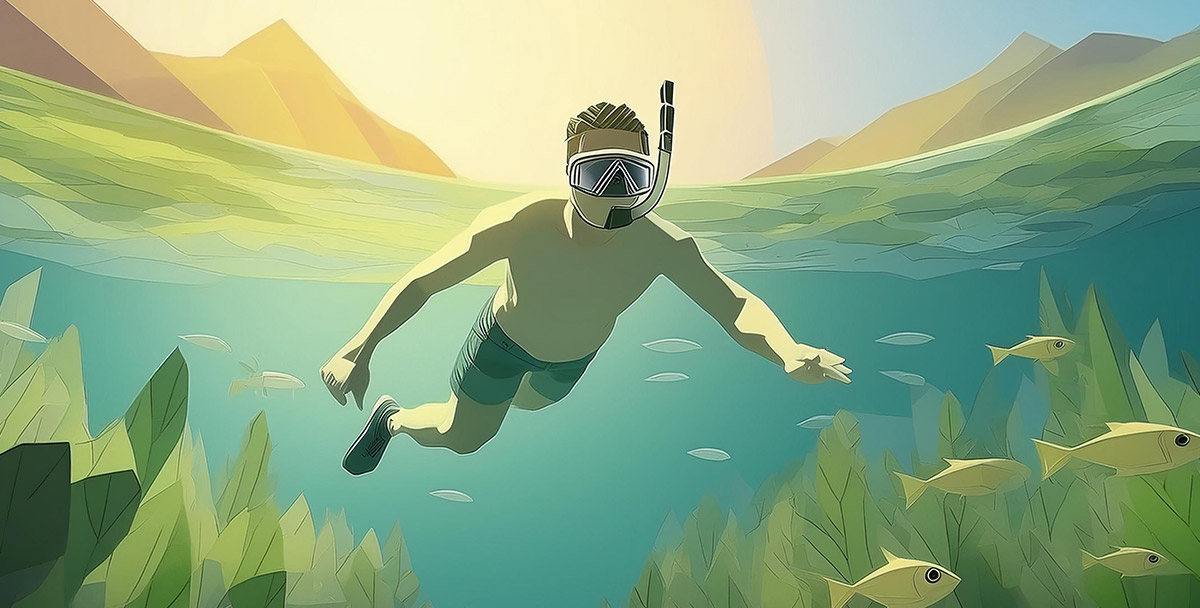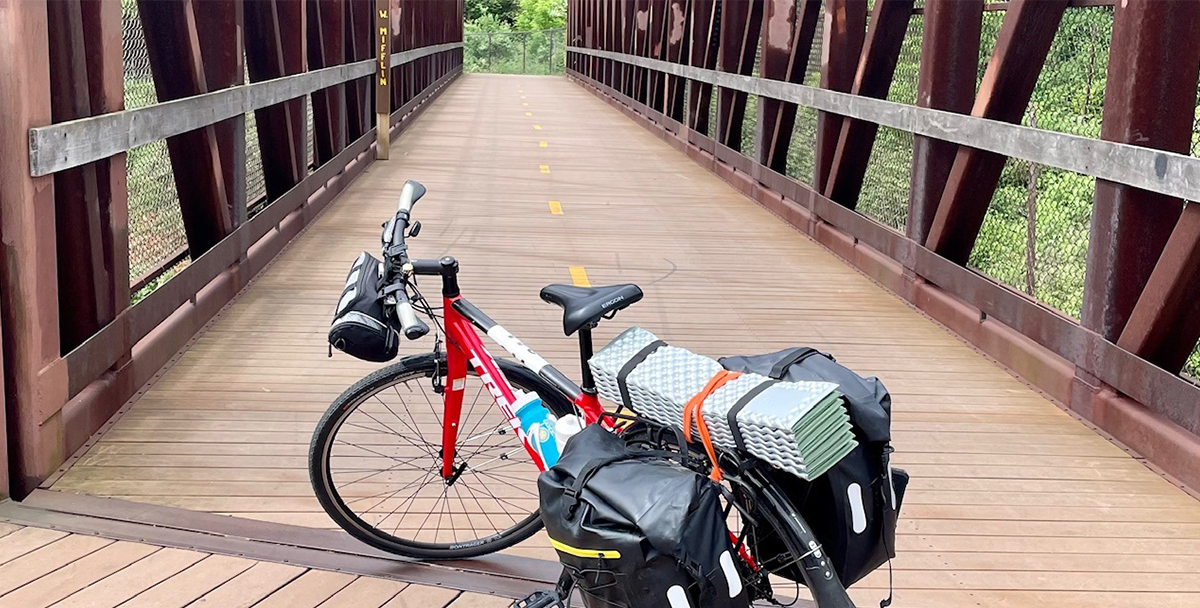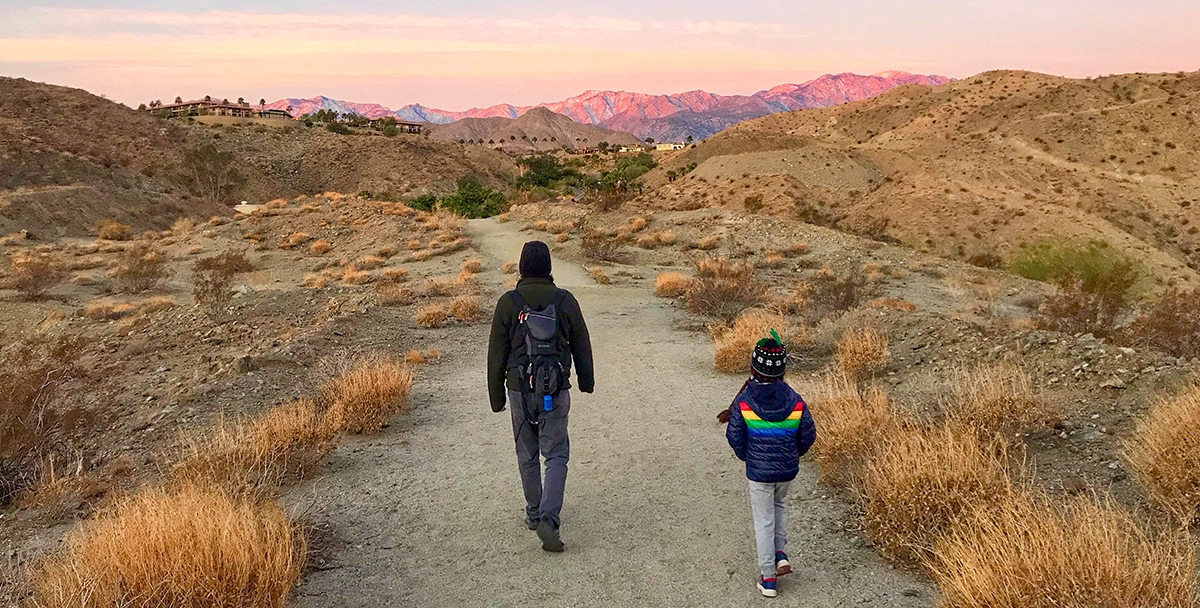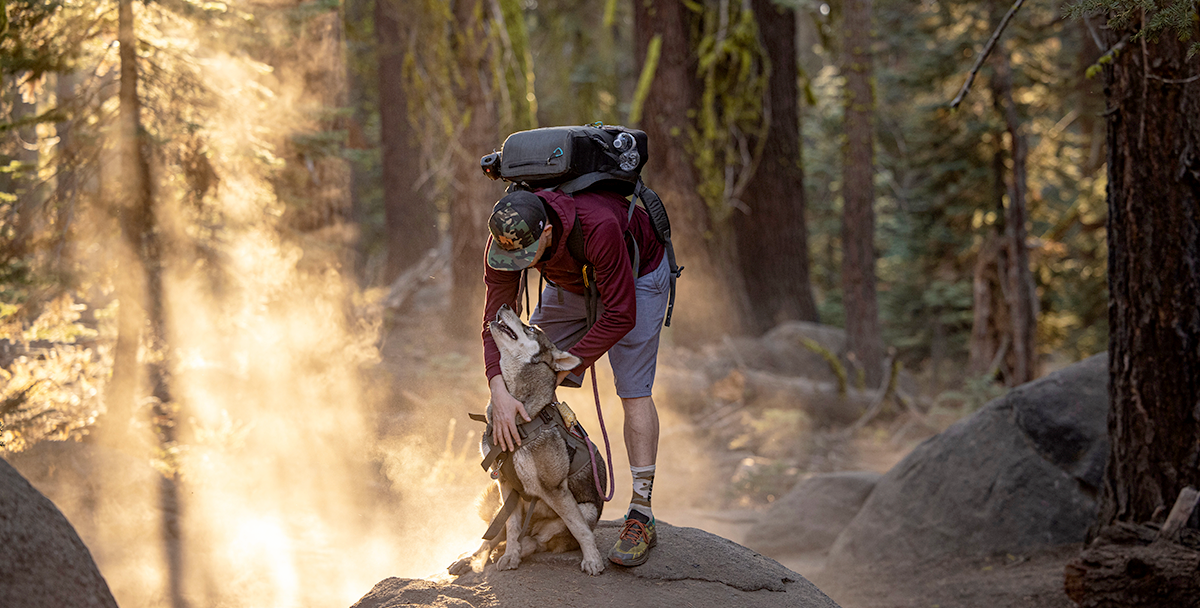One quiet morning last spring, I woke up, unzipped my tent and dipped my feet into the cool, spring-fed currents of the Devils River.
Because my friends and I were traveling by canoe, it had been easy to set up camp near the crystal-clear water, which runs through southwestern Texas down into the Rio Grande. During our four-day trip, we covered 21 miles of the river, excited to discover what awaited us at each campsite.
Like many rivers, the Devils runs mostly along the banks of private property, save for the parks where we camped and a few low-water crossings on public roads, making it a quiet place to explore.
The solitude let us enjoy the sounds of our paddles dipping into water, the rushing of rapids and the wind blowing through the tall desert canyons. It also offered a full wilderness experience: We saw mountain goats, plentiful migratory birds and foot-long catfish.
There are numerous benefits to traveling by canoe, but a successful and safe trip requires careful planning. Here’s what you need to know before embarking on your first canoe camping trip.

Planning Your Route
There are lakes and rivers all around the country that are great for canoe camping, from the Green River in Utah or the Eleven Point National Wild and Scenic River in Missouri to the Northern Forest Canoe Trail, which stretches from New York to Maine.
The most important thing for paddlers to consider is whether the route is within their experience level. Beginners should stick to Class I or Class II rapids as defined on the International Scale of River Difficulty. Not sure what the rapids on your river are rated? Call local guides or park rangers ahead of time because the class of rapid can also be dependent on water level.
The length of the trip is also an important factor. Grant Armour, a Minneapolis-based canoe instructor, says he likes to take paddling newcomers to the Boundary Waters, a series of flat-water lakes on the border between the U.S. and Canada.
While the Boundary Waters is big enough that more experienced paddlers could tackle longer journeys, beginner paddlers should plan on traveling no more than 5 miles per day on slow-moving water. When you know your miles-per-day limit, check for a publicly available exit about that distance from where you launch your canoe.
If traveling on a river as opposed to circumnavigating a lake, you must have a plan for getting picked up. Shuttling logistics can often be arranged with a local tour guide or outfitter.

Finding Your Campsites
Unless you’re paddling through public lands that don’t require camping reservations, you’ll need to make sure you aren’t trespassing when you set up camp for the night. Some lakes or rivers run along land maintained by the U.S. Forest Service or other government agencies and have designated float-in campsites.
Check recreation.gov for more information on float-in campsites and any necessary permits.
Otherwise, navigable waterways are open to the public in most states, meaning paddlers can travel freely on the water so long as they get there through a public access point or with the permission of a landowner.
Camping on low-lying banks of a public river is often fair game, but you should make sure suitable spots are available before embarking. For our Devils River trip, we asked our shuttle provider for maps of available campsites along the river. You can source campsite locations from local guides, like we did, or join forums about your river or lake on Facebook and paddling.com.
Packing for Your Trip
Whereas backpackers must carefully consider every ounce they pack, canoeists can count on a boat to do the heavy lifting for them. The average 14-foot canoe can hold 700 pounds, including paddlers and their gear. But, as a safety precaution, Paddle Camp advises canoers to load it to only around 80% of the canoe’s weight capacity.
More precise weight limits can be found by researching a boat’s serial number on the manufacturer’s website. The extra capacity means canoe campers can easily pack not only everything they’d bring on an overnight backpacking trip – such as a tent, flashlights, sleeping bag and portable stove – but also a few comfort items.


Want to enjoy your coffee? Pack a French press. A book or speaker for campsite entertainment? Don’t think twice!
For our Devils River trip, I packed two 55-quart Lifetime coolers loaded with sandwich meats, cheeses, liquid eggs, fajita meat and other perishables so that my group could enjoy fresh meals instead of freeze-dried foods. (These coolers were great: The ice had just barely melted when we got off the river at the end of our trip.)
Each night, we spent a good hour by the fire as we cooked our meal, watching the sun set and enjoying each other’s company.
Choosing Your Boats and Equipment
When it comes to boats, there are a wide range of materials to choose from. As a beginner, you may want to consider a more durable material for remote wilderness canoeing, such as CrossLink3™, PolyLink3™, fiberglass or Royalex®, though they tend to be heavier boats.
Many major recreational areas have canoes for rent on-site; call the park ahead of time to ensure reservations are available.
If you’re going somewhere without the availability of rentals and aren’t ready to purchase your own boat, many REI locations rent out canoes. If you’re bringing your own canoe on a trip, you’ll have to equip your vehicle with appropriate racks for transport.
This Thule® rack, which fits most Subaru vehicles manufactured since 2014, can hold a watercraft up to 36 inches wide and 75 pounds.
Safety equipment is also necessary. State laws about life jacket wear may vary, so you should check the regulations for each state where you’ll be canoeing.

Even in states that don’t have life jacket regulations in place, the U.S. Coast Guard’s interim rule would still apply. It requires that children under the age of 13 must wear an approved life jacket at all times on a moving recreational vessel.
The Coast Guard also requires that each vessel must contain at least one suitable life jacket for every person on board.
Other gear you’ll need includes a whistle, emergency blankets, sunscreen and a fully-stocked first-aid kit.
If you’re heading somewhere remote and will be far from cell service, highways and a safe takeout location, you may also consider packing a GPS tracker with 2-way messaging or SOS features. I packed a SPOT® Gen4™, though Garmin’s inReach® Mini gets better reviews on reliability.
Safely Navigating a River or Lake
Texas Parks & Wildlife’s digital guide to paddling on the Devils River warns that the river is prone to flash floods. So in the days leading up to our departure, I checked the forecast for rain. Because of the unpredictable nature of that river and our relative inexperience, any hint of bad weather would’ve prompted us to delay the trip.
On a different river less prone to flooding, I may have been OK with under an inch of forecasted rain. Use your discretion or ask local guides to determine the level of risk and then carefully consider whether to delay or move forward with your plans.
If an unexpected storm blows through when you’re out in the wilderness, don’t panic. Exit the water immediately at the first sign of thunder or lightning and look for higher ground in case of emergency.
Whether there’s rain or not, pay attention to the sound of the river. During our trip, the sound of rushing water told us we should approach slowly and cautiously.
In instances where we had doubts about a safe route to the bottom of a rapid, we found a bank on which to pull over. From the top of the rapid, we made a judgment call to either navigate the rapids by boat or portage, which means exiting the water and carrying boats and equipment by land.
The hope on a canoe camping trip is that you’re only getting wet if you want to, but Armour says that all paddlers should be prepared for a swim.
“That means not only having a life jacket but wearing it, getting all of your gear in dry bags with water-tight seals and knowing your environment,” he says.
Armour teaches his paddlers the “five W’s,” which cover most safety considerations for canoeists:
- Wind – direction and speed
- Water – temperature and hydration
- Waves – currents, wind and power boats
- Weather – most notably thunderstorms
- Well-being – sufficient rest and nutrition
If prospective paddlers have any doubts, it’s best to book a guided canoe trip or seek further instruction. You can find a certified instructor through the American Canoe Association website.






